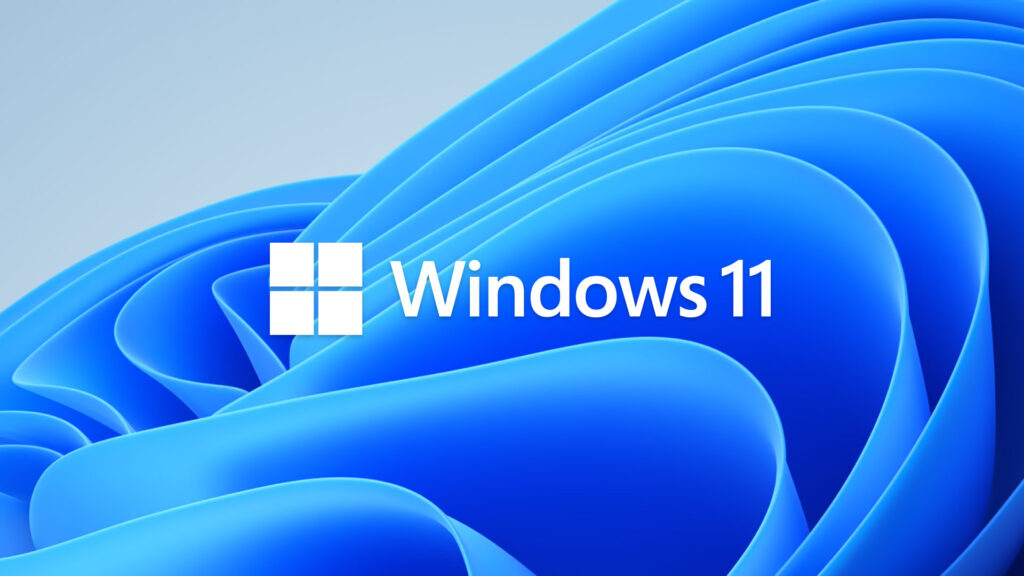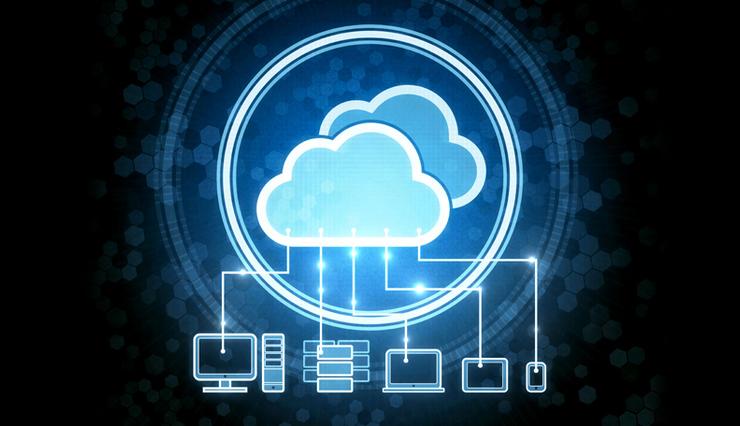There’s some controversy over the advanced AI technology causing quite a stir in the tech community. In an open letter some tech experts are asking to pause upgrades of generative AI platforms, such as GPT-4. You can read more about it in this Computer World article.
DuLac Networks presents Vade for M365
We are proud to now offer Vade for M365 as part of our service stack. Vade for M365 offers advanced protection against dynamic, email-borne cyberattacks targeting Microsoft 365, including phishing, malware/ransomware, and spear phishing (business email compromise). Vade for M365 offers a native Microsoft Outlook user experience and an added layer of protection over Microsoft’s built-in security layers, catching 10x more advanced email threats than Microsoft.
About Vade
• 1 billion mailboxes protected
• 100 billion emails analyzed / day
• 1,400+ partners
• 95% renewal rate
• 15 active international patents
Find out more about how Vade for M365 can help protect your organization.
Microsoft retiring basic authentication
Beginning on October 1st Microsoft will begin retiring the basic authentication procedure for Exchange Online. This will include anyone using Microsoft 365 for Exchange email. The reason for the change is that Basic Authentication is quickly becoming a target for attackers, and Modern Authentication methods are more secure. Here’s an update from Microsoft regarding this.
To answer some common questions you may have:
- No. App passwords will no longer work.
- No, this does not mean MFA must be configured (Although it’s 2022. If you don’t have MFA configured now….)
- No, Basic authentication won’t be disabled for everyone in one go. It’s a phased thing that lasts October until December. By Jan 1, all tenants are disabled.
- Yes, if Outlook is currently using Basic Authentication you have configured it yourself using registry keys.
- Yes, SMTP Auth will also be disabled later on, but only if it’s currently not in use in the tenant. You will have the option to reenable that.
You can read more details about it from Microsoft here.
If you are unsure how this affects your organization then contact us for more information.

Should I upgrade to Windows 11?
Since the release of Microsoft’s Windows 11 operating system, there has been much mystery surrounding whether users will be able to upgrade their current PC or need to purchase a new system. Even though Windows 11 has been out for almost a year, many users are still hesitant to make the switch. Some PCs currently running Windows 10 will not qualify to run Windows 11, depending on hardware specifications. To see if your PC can run Windows 11 download and install the PC Health Check app from this site. Keep in mind that not all PCs will meet the hardware requirements and that means you’ll have to stick with Windows 10 until the PC is retired.

Apple users should update their devices
Apple has released an urgent security update for Mac, iPhone, iPad and Watch users after researchers with Citizen Lab discovered a zero-day, zero-click exploit from mercenary spyware company NSO Group that gives attackers full access to a device’s camera, microphone, messages, texts, emails, calls and more.
Read the full story by clicking the link below.
Windows 11 is coming soon. Will your current PC support it?
Microsoft will be rolling out Windows 11 in October and the hardware requirements are quite stringent. The article below from Computer World outlines options on how to check your PC for compatibility.
https://www.computerworld.com/article/3631575/how-to-check-if-your-pc-can-run-windows-11.html
Contact us for help in determining if your current PCs can run the new version of Windows.
Work remotely and securely
During these times of the COVID-19 pandemic, it’s critical to stay connected when working from home or on the road. DuLac Networks provides complete solutions for your remote workforce including secure VPN access to your office from anywhere in the world, collaboration platforms such as Microsoft Teams, and cloud base storage solutions such as Microsoft SharePoint.

Contact us today to find out how you can start working remotely.
Russian hacker arrested while attempting to recruit an employee of a Nevada company.
Following a series of events starting in mid-July, Egor Igorevich Kriuchkov, a 27-year-old Russian was arrested after traveling to the US in order to recruit and convince an employee of a Nevada company to install malware on their employer’s network in exchange for $1,000,000. The FBI filed charges on Monday against Kriuchkov who faces up to five years in prison if convicted.
According to ZDNet the FBI had begun monitoring Kriuchkov after being notified by the employee of the target company. The employee was initially offered $500,000 in exchange for installing malware on the company’s computers. Working with the FBI the employee then negotiated with the hackers up to $1,000,000 with an up front payment of 1 bitcoin.
Read the full article here.

Hidden Chrome Features
The Google Chrome browser is without a doubt the most widely used web browser to date. If you use Chrome then read this article from PC Magazine with 22 tips and tricks to use.
https://www.pcmag.com/news/22-hidden-chrome-features-that-will-make-your-life-easier

Why businesses are turning to managed IT services.
More and more businesses are turning to managed IT services in response to changes in the technology industry. What are some of these changes? Notably the migration to cloud-based services and the need to outsource technical support services has caused this shift.
Read the article below from CIO to learn more.
https://www.cio.com/article/2930498/why-businesses-are-turning-to-managed-it-services.html